As summer approaches, we brace for the inevitable: soaring temperatures, increased risk of wildfires, and the looming threat of water scarcity. Farmers, in particular, face significant challenges as they strive to maintain crop yields — or even plants alive — amidst these harsh conditions. Our priority must be to understand that fresh water is an extremely valuable and limited resource, that needs to be efficiently managed. With droughts becoming more frequent and severe, it’s crucial to re-think the value we give to water and to explore certain alternatives to traditional water sources. One such alternative is reclaimed water, which, despite its limitations, offers a viable solution to mitigate water shortages.
Understanding Reclaimed Water
Reclaimed water, also known as recycled water or regenerated water, is urban wastewater that has been treated and purified to remove harmful contaminants, making it suitable for agricultural irrigation, industrial processes, and even some municipal uses. This process allows wastewater, which would otherwise be discharged into rivers or oceans, to be reused, thus conserving fresh water supplies.
How Does It Work?
When cities and urban areas consume water (in their showers, washing machines, sinks etc.) they send the used water to purifying plants. There they go through 2 different processes before being sent out to the nearby seas and rivers as waste.
To be able to be reused for agriculture, this water has to go through one more additional treatment process on top of the “normal” 2.
So to become reclaimed water, the waste water goes through:
- Primary Treatment: This initial phase involves the removal of large particles and debris through screening and sedimentation.
- Secondary Treatment: Here, biological processes are used to break down organic matter. Microorganisms consume organic pollutants, significantly reducing the biological oxygen demand (BOD) and suspended solids in the water.
- Tertiary Treatment: This advanced stage involves additional filtration and disinfection to remove any remaining contaminants, including pathogens, nutrients, and heavy metals. Common methods include chlorination, ultraviolet (UV) treatment, and membrane filtration.
- Advanced Treatment (if necessary): In some cases, further processes such as reverse osmosis are used to ensure the highest quality of reclaimed water, especially if it is to be used for potable purposes.
Once the water has gone through all of these processes, it can then be sold to farmers to be used for irrigation. Currently, 27% of the more than 2,000 wastewater treatment plants in Spain are technologically prepared to offer tertiary treatments that make water reuse possible, and it is estimated that we already reuse more than 400 cubic hectometres per year, between 7 and 13% of the wastewater treated.
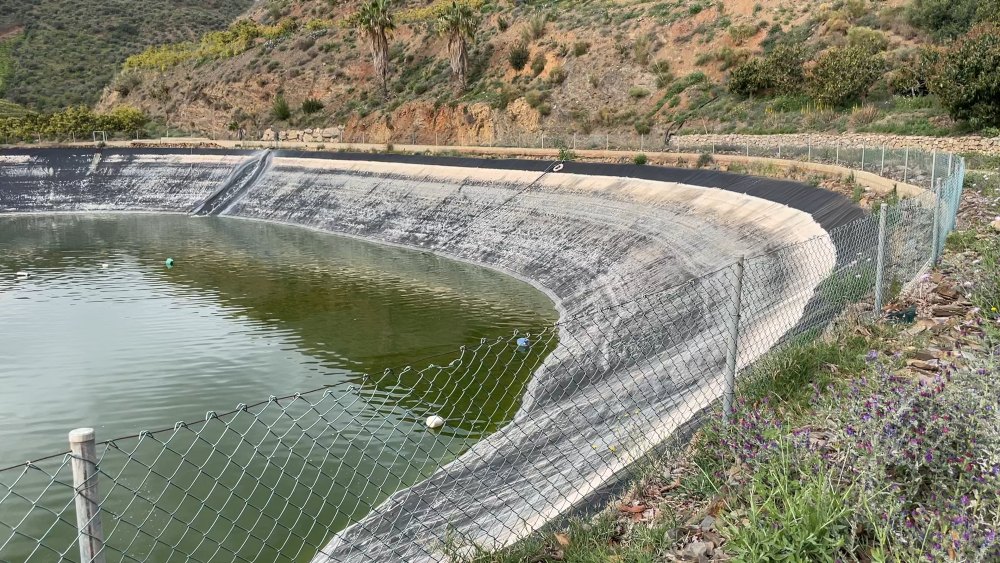
What are the benefits and risks of reclaimed water for farmers?
Benefits:
1. Water Supply Reliability: Reclaimed water provides a reliable source of water, especially during drought periods when traditional water sources are scarce. This can be crucial for maintaining crop yields and supporting agricultural productivity.
2. Environmental Protection: By reducing the demand on freshwater sources and minimizing wastewater discharge into natural bodies of water, reclaimed water helps protect ecosystems and maintain environmental balance.
3. Nutrient-Rich Water: Reclaimed water often contains nutrients such as nitrogen and phosphorus, which can benefit crop growth and reduce the need for fertilizers. However, if not managed correctly, this is also a risk as this can create an unbalance in terms of nutrients.
4. Cost-Effective Alternative (to a certain extent): In many cases, reclaimed water is less expensive than other alternatives like desalination. It offers a more sustainable solution for water-stressed regions.
Risks:
1. Quality Concerns: Despite rigorous treatment, there can be variability in water quality. For example, a frequent challenge in using regenerated water in coastal areas is salinity/conductivity, which can pose a threat to their crops if not managed correctly.
2. Public Perception: There is typically public resistance to using reclaimed water, particularly in the food supply chain. Concerns about safety and quality can hinder acceptance and marketability of crops irrigated with reclaimed water.
3. Costs: Although reclaimed water is a more affordable option than others in a context where there is no fresh water supply, it remains more expensive for farmers than fresh water from local wells or reservoirs.
4. Regulatory Hurdles: Navigating the regulatory landscape for using reclaimed water can be complex and time-consuming, involving multiple permits and compliance with stringent standards.
Long story short:
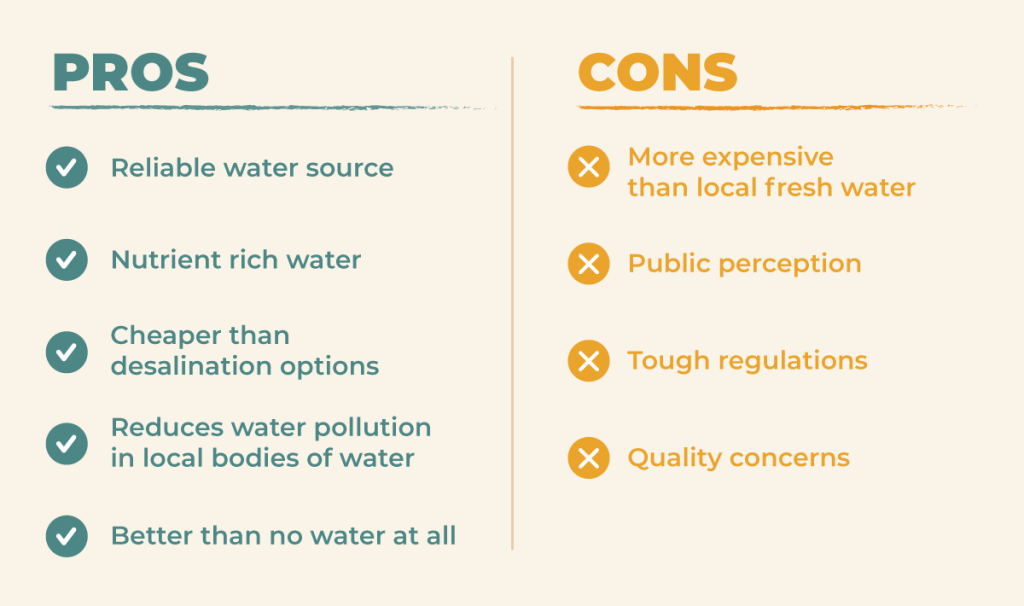
What do our farmers think?
“As a farmer facing periods of water scarcity, I see reclaimed water as a lifeline. It is a reliable source of irrigation, a solution that has been used in other countries for quite some time. Despite concerns about lower quality and higher costs, it is a vital alternative that helps keep our crops alive and supports sustainable agriculture”.
Farmer at CrowdFarming
As farmers face the common challenges of summer droughts and increasing water scarcity, there are no magical solutions that can completely resolve these issues. However, reclaimed water stands out as a potential alternative, offering a reliable source of irrigation water. While it is not without its challenges—ranging from quality concerns to public perception, regulatory hurdles and costs—the benefits of reclaimed water make it a viable option to consider. By embracing this alternative, farmers can reduce their dependency on dwindling freshwater supplies, protect the environment, and potentially enhance their agricultural resilience in the face of climate change
In times of drought, when the choice might be between using reclaimed water or having no water at all, the potential of this resource becomes even more apparent. With careful management and robust quality controls, reclaimed water can play a critical role in sustaining agriculture and securing food production for the future.



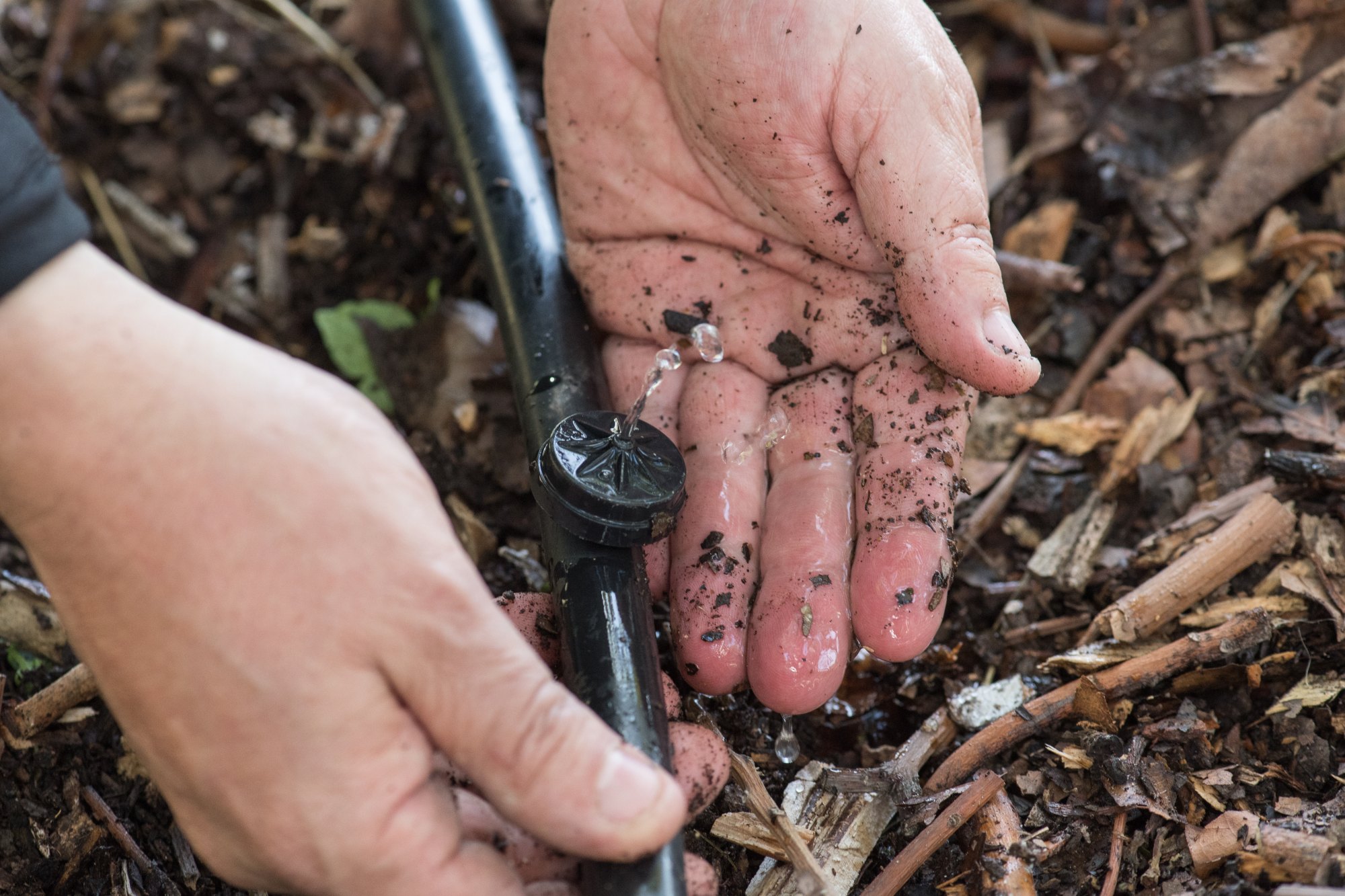
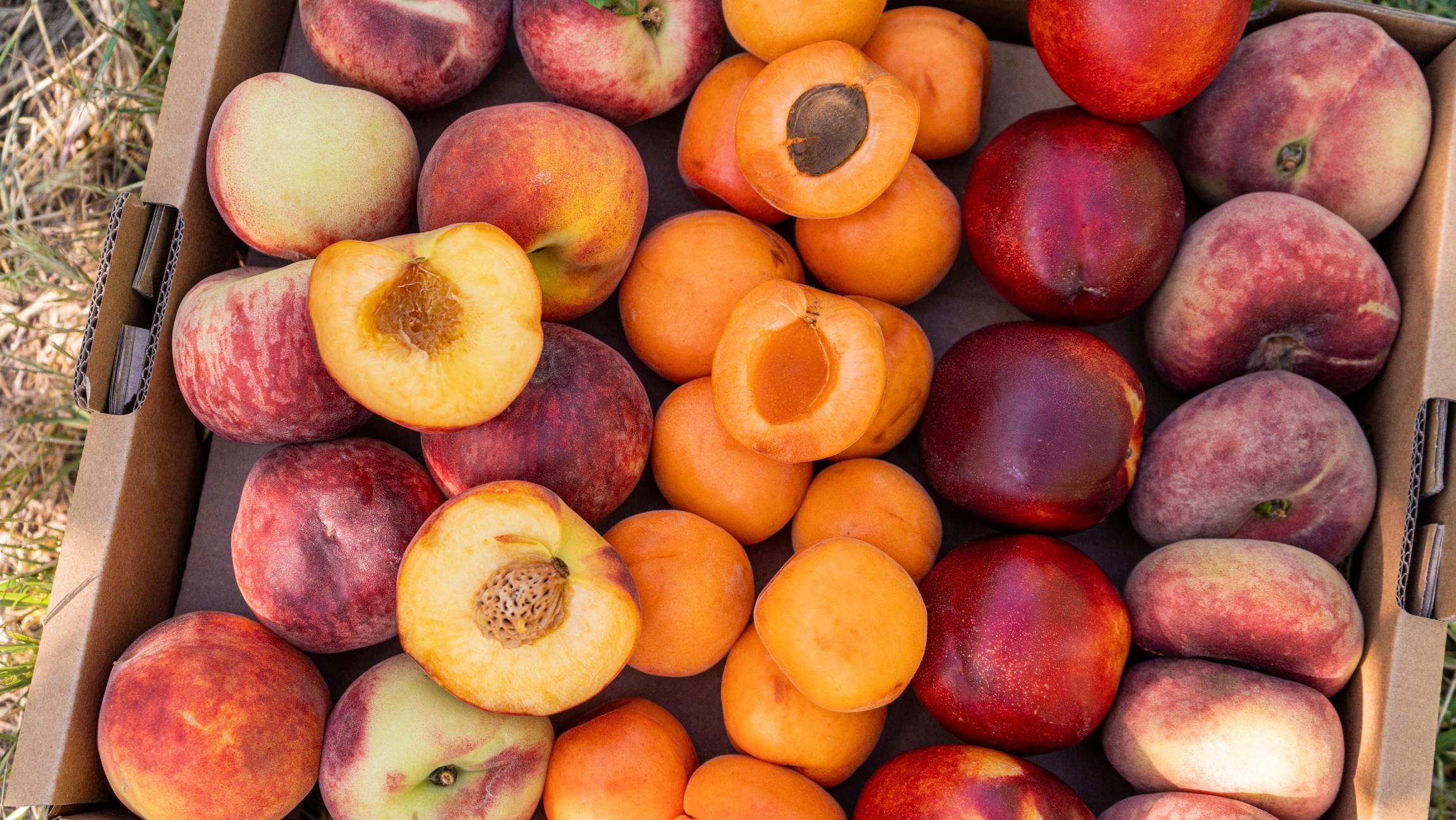
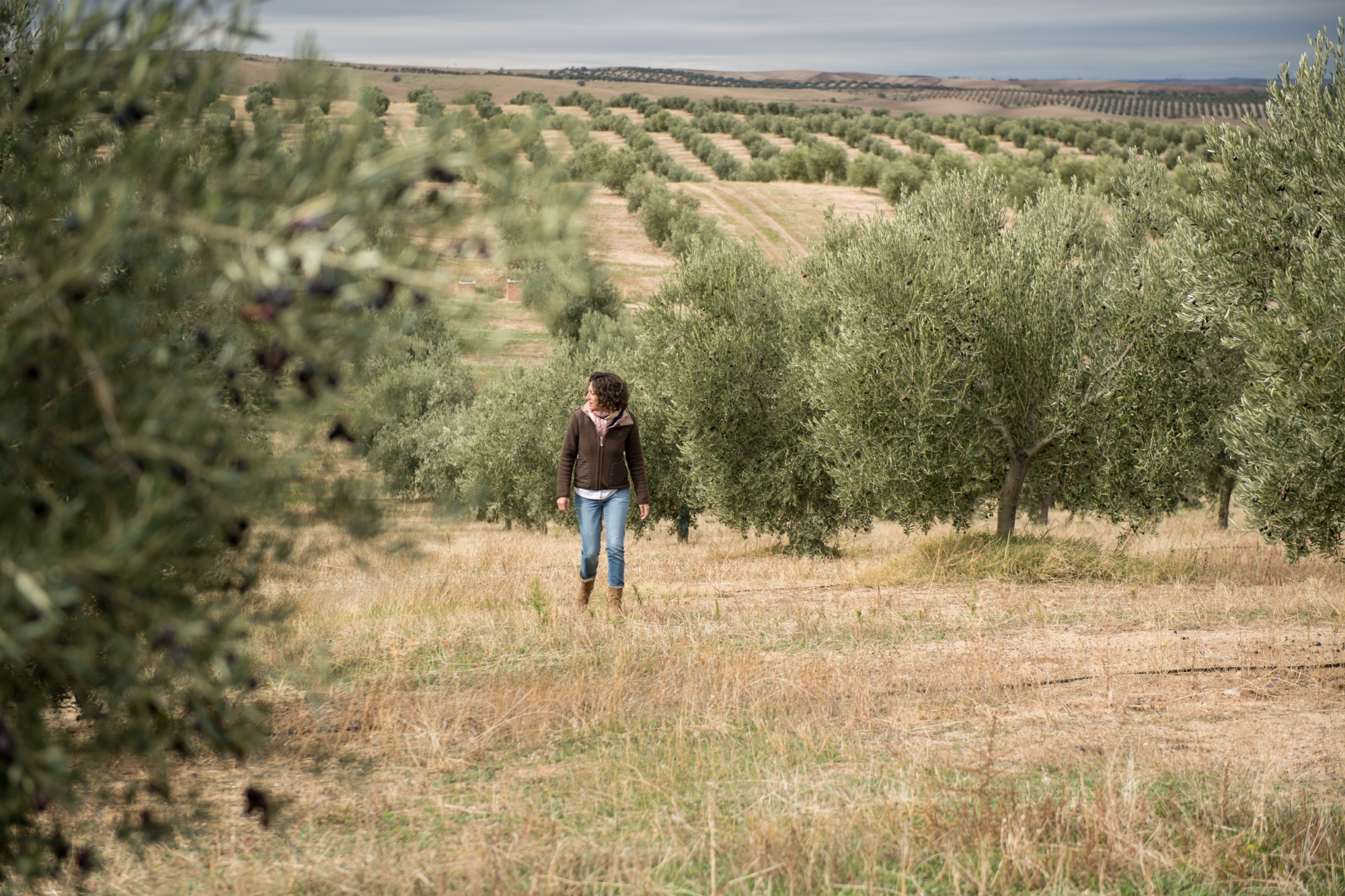

Comments
Please note that we will only respond to comments related to this blog post.